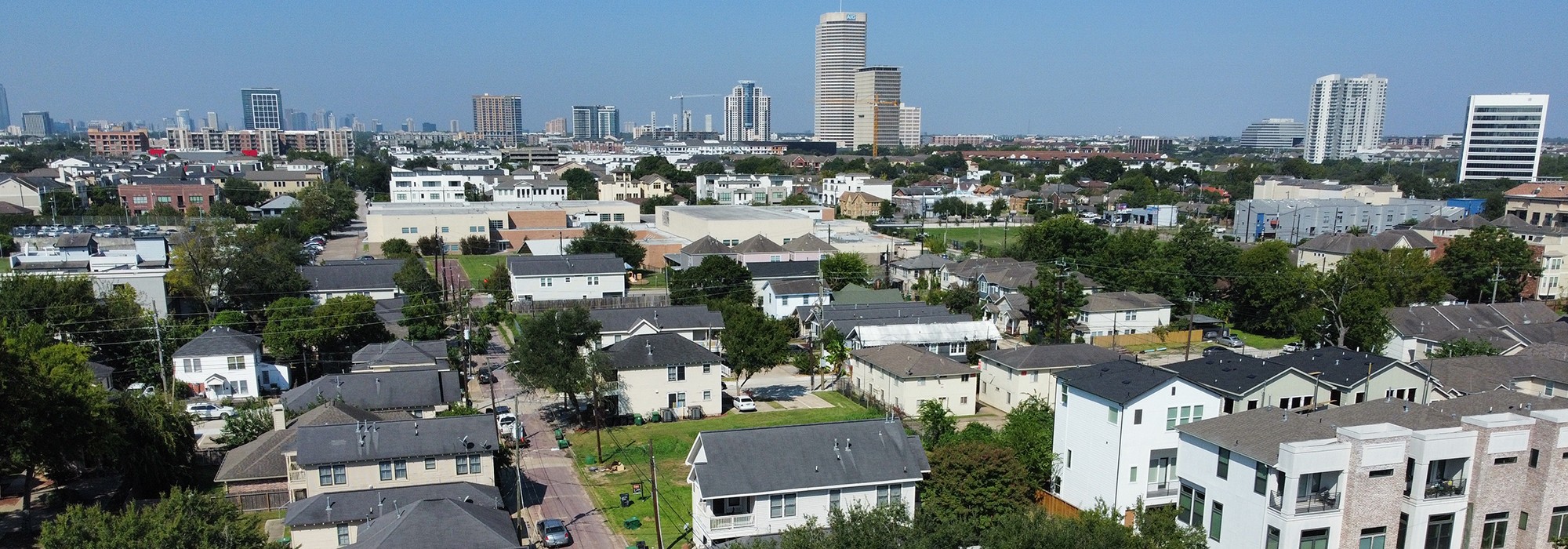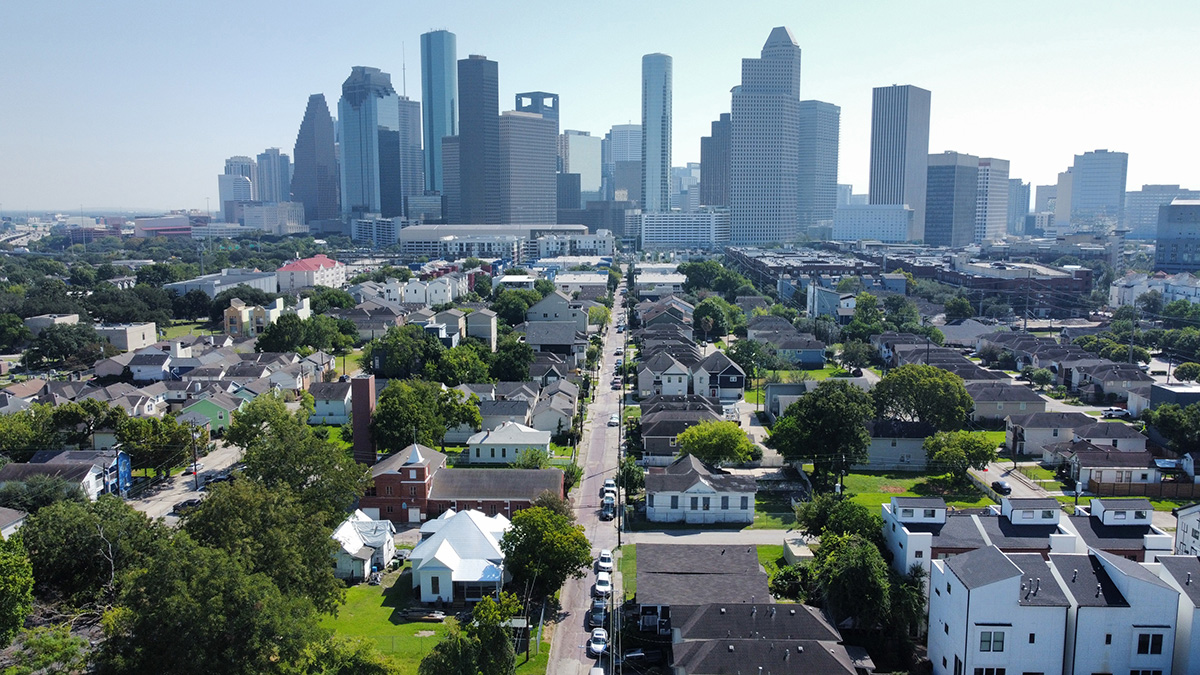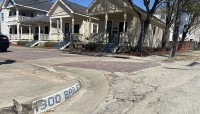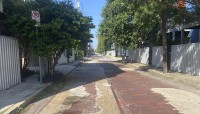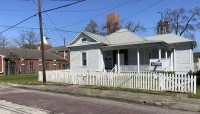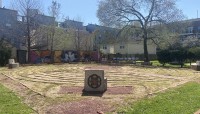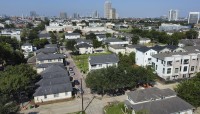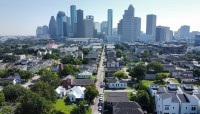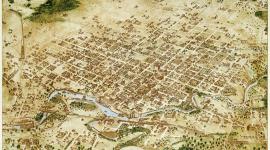Founded just after the emancipation of slavery was announced in Texas on June 19th, 1865 (two years after it had been declared by President Abraham Lincoln), this neighborhood is located west of Houston’s downtown in the historic Fourth Ward. Upon learning of their emancipated status, many formerly enslaved people from Texas and Louisiana migrated to Houston, settling what became known as Freedmen’s Town. They built homes, churches, businesses, schools, social clubs, and Masonic lodges, establishing Freedmen’s Town as the spiritual, cultural, and business district for African Americans in Houston after the Civil War. Among its notable institutions is Antioch Missionary Baptist Church (1866), one of the first African American churches in Houston.
Originally comprised of 90 city blocks, the community extended as far north as the Buffalo Bayou. The neighborhood’s historic core, spanning roughly 40 city blocks between West Gray Street and West Dallas Street, retains the originally platted grid of narrow, linear streets. Some streets retain portions of their historic paving of handmade bricks laid in a running bond pattern, while others have been resurfaced in concrete. Homes and churches are sited close to the street, with narrow strips of lawn abutting the roadway or sidewalk. The only trees grow from the small, yards of private residences . Houses in Freedmen’s Town were predominately L- and T-shaped single-family abodes with front porches. Today, only a few of the original buildings remain, demarcated with Texas Historical Commission interpretive signage. Directly to the west lies the African American Library at the Gregory School, in the former location of the Gregory Institute, a public school opened in 1872 to serve the Freedmen’s Town community. Looking to the east, church steeples, multi-family housing developments, and the downtown Houston can be seen on the horizon.
The Rutherford B. H. Yates Museum, located in a historic house in Freedmen’s Town, interprets and promotes the neighborhood's history and continuity. The Freedmen’s Town Historic District was listed in the National Register of Historic Places in 1985 and included as a site on the UNESCO Route of Enslaved Peoples in 2019, along with the African American Library at the Gregory School and Olivewood Cemetery.



